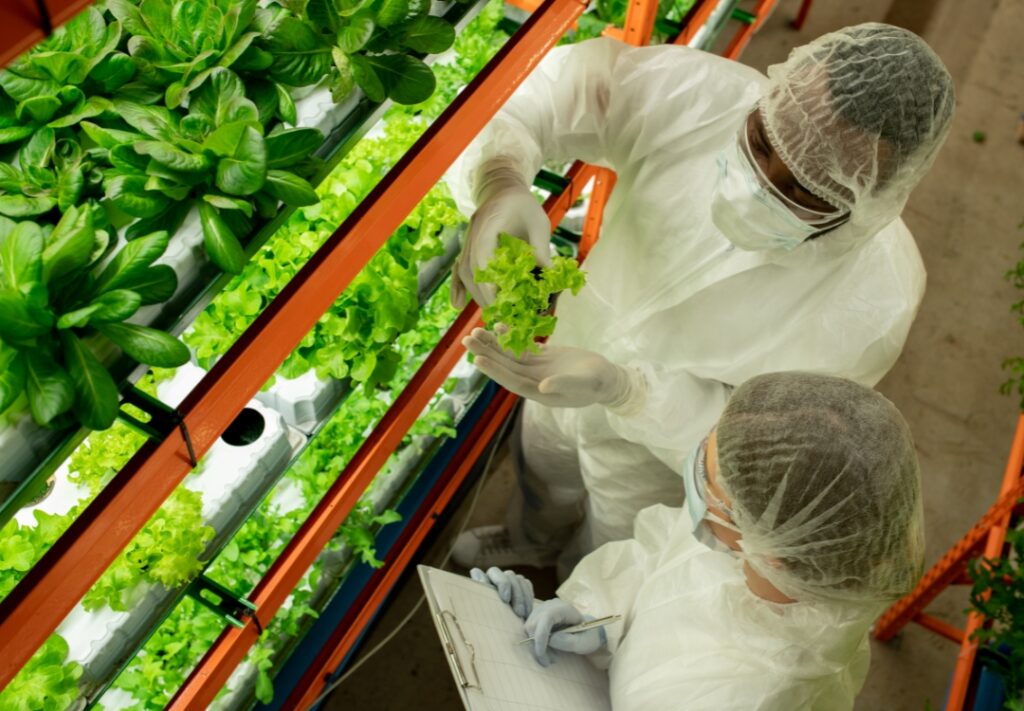How skyscrapers are becoming vertical farms

Vertical Agriculture: Plants Reaching for the Sky
With the growth of the global population and ongoing urbanization, vertical agriculture has emerged as an innovative solution to address the challenges of food production in densely populated urban areas.
This revolutionary approach utilizes vertical spaces such as skyscrapers and commercial buildings to cultivate a variety of crops in controlled environments.
In this article, we will explore how skyscrapers are transforming into vertical farms and how this practice is changing the way we produce food in cities.
The Concept of Vertical Agriculture
Vertical agriculture involves cultivating plants in vertical layers using structures such as greenhouses, towers, or green walls.
This approach allows maximizing space utilization by growing crops on multiple levels within controlled environments. Unlike traditional agriculture, which relies on large land areas, vertical agriculture can be implemented in limited urban spaces such as tall buildings and vertical structures.
Technology and Innovation
Vertical agriculture makes extensive use of advanced technologies such as hydroponic, aeroponic, and aquaponic systems to provide nutrients, water, and artificial light to plants.
Sensors and automation systems monitor and control environmental conditions, ensuring optimal crop growth.
Additionally, the use of specific spectrum LED lighting allows vertical farms to operate independently of external weather conditions.
Environmental Benefits
Vertical farms offer a range of environmental benefits compared to conventional agriculture.
They consume less water, as the recirculation system used retains and reuses water, thus reducing waste.
Furthermore, by growing food locally in cities, vertical farms reduce the need for long-distance transportation, decreasing carbon emissions associated with food transportation.
Food Security and Sustainability
Vertical farms contribute to the food security of cities by providing a reliable source of fresh and healthy food year-round.
Moreover, by employing sustainable farming methods and resource conservation technologies, these farms help preserve natural resources and protect the environment. This is particularly important in a world where the demand for food is rapidly increasing and natural resources are becoming increasingly scarce.
Examples of Vertical Farms
Several cities around the world are already adopting vertical agriculture as a way to address the challenges of food production in urban areas.
Cities like Singapore, Tokyo, New York, and London are witnessing the emergence of vertical farms in commercial buildings, skyscrapers, and even abandoned subways.
These farms are cultivating a variety of crops, from leafy greens to herbs and exotic fruits, providing a local and sustainable source of fresh food for urban communities.
Conclusion:
Vertical agriculture represents an innovative and sustainable approach to food production in urban areas.
By harnessing the vertical space available in buildings and urban structures, vertical farms are transforming skyscrapers into green oases, providing fresh and healthy food for local communities.
With continuous advancements in technology and design, vertical agriculture is expected to play an increasingly important role in the food security and sustainability of future cities.
If you enjoyed the “Vertical Agriculture: Plants Reaching for the Sky” article, don’t forget to share it with your contacts and also follow related articles to stay well-informed about new technologies. Enjoy the read!


